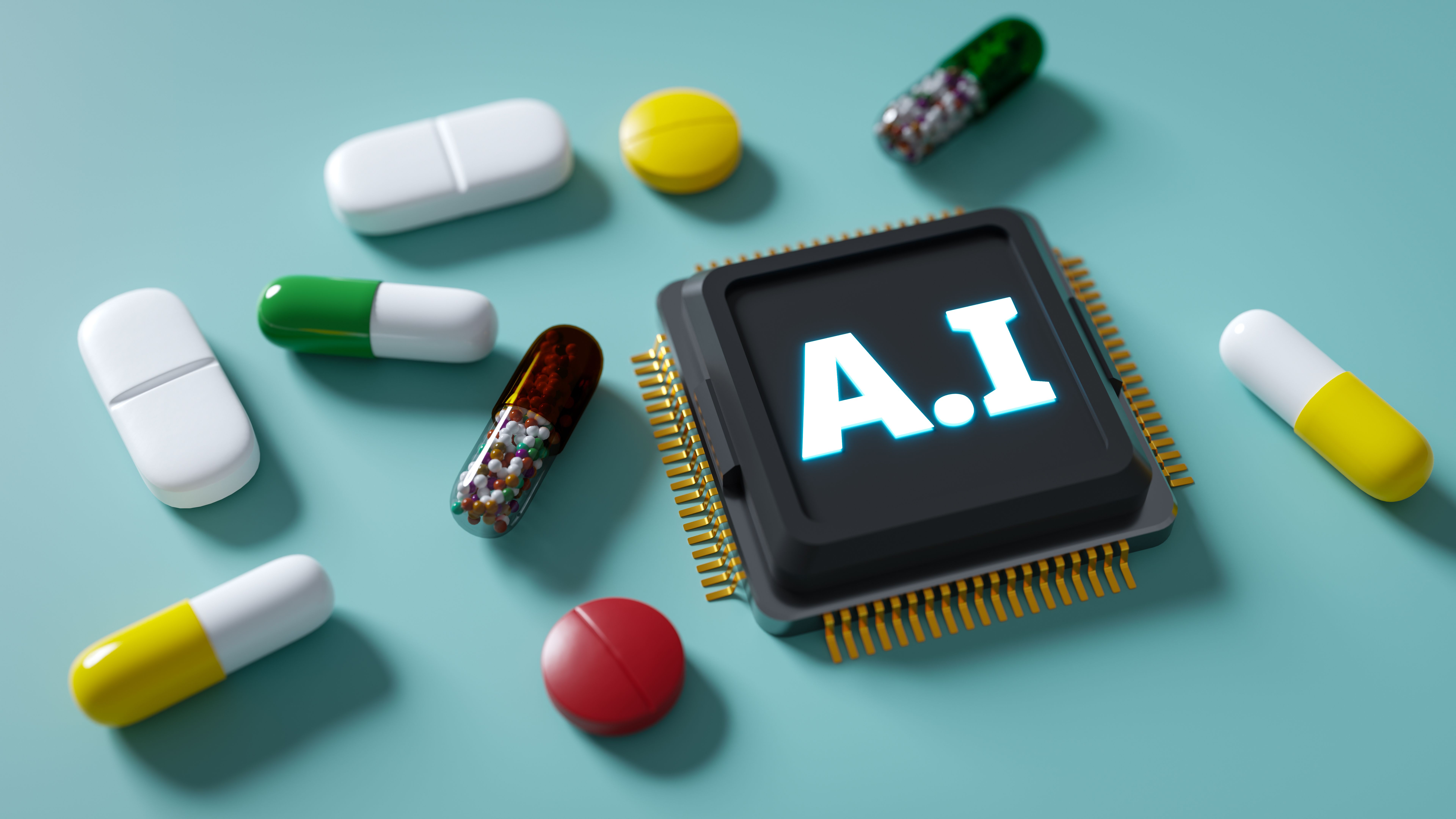- Center on Health Equity & Access
- Clinical
- Health Care Cost
- Health Care Delivery
- Insurance
- Policy
- Technology
- Value-Based Care
AI Could Cut Pharmacy Workloads by 75%, Says Harry Travis
With artificial intelligence (AI) capabilities freeing up workers and driving billions in gains, pharmacy may soon see a 75% workload drop.
Artificial intelligence (AI) is shaking up industries worldwide, and pharmacy is poised for one of the biggest transformations, revealed Harry Travis, president of The Travis Group, during a session at Asembia’s ASX25 Summit. From Amazon’s $260 million efficiency gain to IKEA’s AI chatbot success, Travis detailed how AI could automate most pharmacy tasks.

Efficiency, Cost-Saving, and Upskilling with AI
AI is rapidly boosting efficiency and transforming the workforce across major industries, explained Travis. Shopify CEO Tobi Lütke mandated that no new hires can be made unless AI is proven incapable of doing the job, making AI adoption a companywide expectation. Amazon reported saving $260 million after using AI to cut Java application upgrade times from 50 days to just a few hours, freeing up the equivalent of 4500 developer-years. At IKEA, the AI chatbot "Billie" now handles about 40% of customer calls, allowing 8500 call center reps to be upskilled into sales roles.
"Companies that harness AI well aren't just saving money, they're redeploying human potential," said Travis.
The AI revolution is fueled by frontier model developers like OpenAI, Anthropic, and Meta, alongside hyperscalers such as Microsoft Azure, AWS, and Google Cloud. In 2025 alone, Microsoft, Google, Meta, and Amazon are projected to spend $325 billion on AI infrastructure—3 times the combined, inflation-adjusted costs of the Human Genome and Manhattan Projects. A major beneficiary is Nvidia, now valued at $3 trillion, whose graphics processing units are critical to AI development. AI represents "digital intelligence," a leap as profound as humanity's first tools, explained Travis. Yet, this future also relies on global stability, particularly with Taiwan Semiconductor producing Nvidia’s essential chips.
"We are no longer just building better tools," noted Travis. "We are inventing digital intelligence, and it’s going to be a wild ride over the next few years."
AI’s Evolving Role in Pharmacy Automation and Efficiency
AI is fundamentally transforming pharmacy operations, creating what Travis called a “digital workforce" that will work alongside the biological workforce of today.
“These agents don't complain about salaries, working conditions, or hours,” said Travis. “They work 24/7 [and] they speak multiple languages.”
In pharmacy, every prescription must move through a series of steps, explained Travis. Traditionally, humans handled these tasks, but AI agents—programs that perceive their environment, process information, and act autonomously—are beginning to take root.2
Currently, pharmacy is in the first phase of AI integration, defined as a single-point validation, ensuring each bot can operate at Six Sigma reliability.1 Once these bots are validated, the second phase will begin, which is bot-to-bot handoffs. Over time, these bots will coordinate seamlessly, dramatically reducing prescription processing times. The final phase will be consolidation, just as specialty pharmacies and pharmacy benefit managers consolidated over the last 25 years.
“Imagine a world where your pharmacy team gets X amount of work done in 8 hours, and now they can get it done in 3 or 4,” said Travis. “What are you going to do with that extra 4 hours? Are you ready? Are you planning for upskilling, for redeploying that workforce? Because this isn't a 5% improvement. This is a massive shift—and it’s happening faster than most people think.”
Pharmacy Regulations and AI Integration
As AI continues to transform pharmacy practice, regulatory frameworks will significantly shape how this evolution unfolds, explained Travis. He pointed to Idaho as a progressive example where the definition of pharmacy practice is broad and empowering.
"One place to look, believe it or not, as to what to do at that time, is Idaho, where the definition of the practice of pharmacy in Idaho has been [used] very broadly," Travis explained.
Travis emphasized the need for pharmacy to focus on 3 critical areas: securing provider status, broadening regulatory definitions, and integrating AI into everyday workflows.
"We need to get paid for our services well,” said Travis. “We also need to write the regulations so that our services can be more broadly defined and we can do more."
As AI frees up time for pharmacists, those in states with more flexible regulations will be better positioned to leverage this technology. Travis then urged pharmacy professionals to explore progressive states. "Go west, young pharmacist or young farm executive, and visit, listen, learn, [and] understand what's going on in Idaho, Colorado, Montana, Alaska, the State of Washington, [and] California's playing around with it,” he said.
References
1. Travis H. AI and its impact on healthcare and pharmacy - an introduction. Presented at: AXS25; April 28, 2025; Las Vegas, NV.
2. Oswalt R. The role of artificial intelligence in pharmacy practice. Pharmacy Times. September 5, 2023. Accessed April 29, 2025. https://www.pharmacytimes.com/view/the-role-of-artificial-intelligence-in-pharmacy-practice
